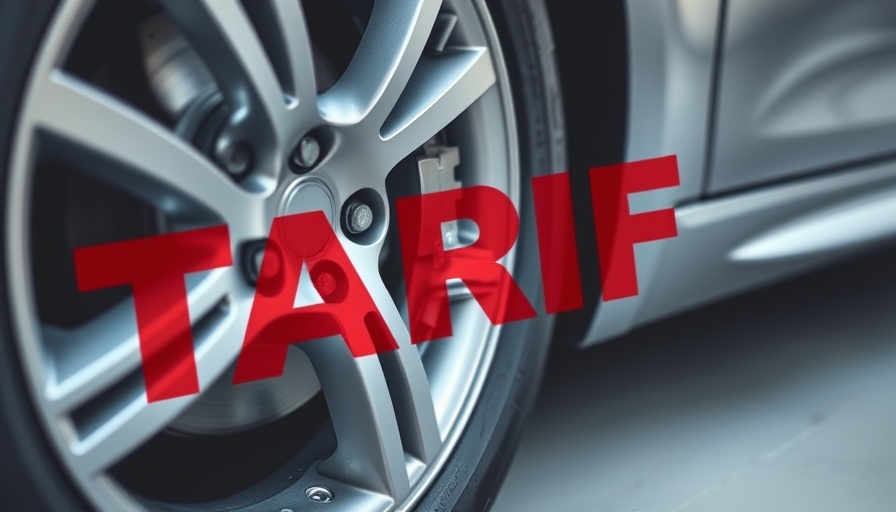
New Trade Deal: A Shift in Tariff Strategy for British Autos
The recent announcement by U.S. President Donald Trump and British Prime Minister Keir Starmer regarding a new trade deal has sparked considerable interest among automakers and consumers alike. The deal, which reduces the tariffs on British vehicles from a hefty 27.5 percent to a more manageable 10 percent, marks a significant alteration in the economic landscape between the U.K. and the U.S. With both sides eager to boost trade and investment, this new agreement brings both hope and new challenges.
Why This Deal Matters
This trade agreement has far-reaching implications for the automotive industry on both sides of the Atlantic. The reduction of tariffs is likely to rejuvenate relationships between British automakers and American consumers, who may be more inclined to purchase British brands, such as Aston Martin and Jaguar.
Despite the welcoming news, the fine print of the agreement introduces potential constraints. The deal caps British vehicle exports to the U.S. at 100,000 units per year at the favorable 10 percent tariff. Any sales beyond that limit will revert to the original, higher tariffs. This quota harks back to similar restrictions in trade agreements and reflects a cautious approach to ensuring British manufacturers maintain a foothold in the U.S. market.
What’s Next for British Automakers?
Manufacturers are bracing for the implications of these tariffs. While lower costs are beneficial, there’s an evident anxiety over the export limits. Jaguar Land Rover, for instance, paused shipments to the U.S. in response to the previous tariffs, illustrating how quickly these regulations can impact business operations. What is now crucial for British automakers is strategy; how they adapt to these changes will dictate their success.
Broader Economic Context: Steel and Aluminum Tariffs
The trade deal also introduces completely removing tariffs on British aluminum and steel, a vital decision given the unprecedented challenges the UK steel industry has faced recently. After the U.K. government took control of British Steel to prevent its collapse in April, the timing of this tariff removal could provide much-needed stability to the sector, particularly as the global economy begins to recover from recent downturns.
The Future of Trade: Evolving Dynamics
These developments suggest an evolving dynamic in international trade, particularly regarding automotive products. As British vehicles become more appealing to American consumers, we can expect a shift in marketing strategies from U.K. brands to highlight the advantages of purchasing these vehicles. Furthermore, the political landscape will continue to influence trade policies, making it essential for both businesses and consumers to stay informed.
Consumer Considerations: What This Means for You
For car enthusiasts and potential buyers, the new tariff structure simply means better access to premium British vehicles at lower prices. However, as the automotive industry grapples with these sweeping changes, consumers will need to stay mindful of potential fluctuations in availability. Additionally, understanding the broader market dynamics will empower consumers when making purchasing decisions.
Conclusion: A New Era in U.S.-U.K. Trade Relations
As U.S. trade policies grow increasingly dynamic, the ongoing relationship between the U.K. and the U.S. in the automotive sector will evolve, reflecting the economic and political currents of the times. The new deal marks a critical step in strengthening these ties while also posing challenges that must be navigated. Consumers should remain engaged and informed to make the best decisions as these changes roll out. Stay tuned for updates as final details of the agreement are ironed out; this is just the beginning of an exciting chapter.
 Add Row
Add Row  Add
Add 




 Add Row
Add Row  Add
Add 

Write A Comment